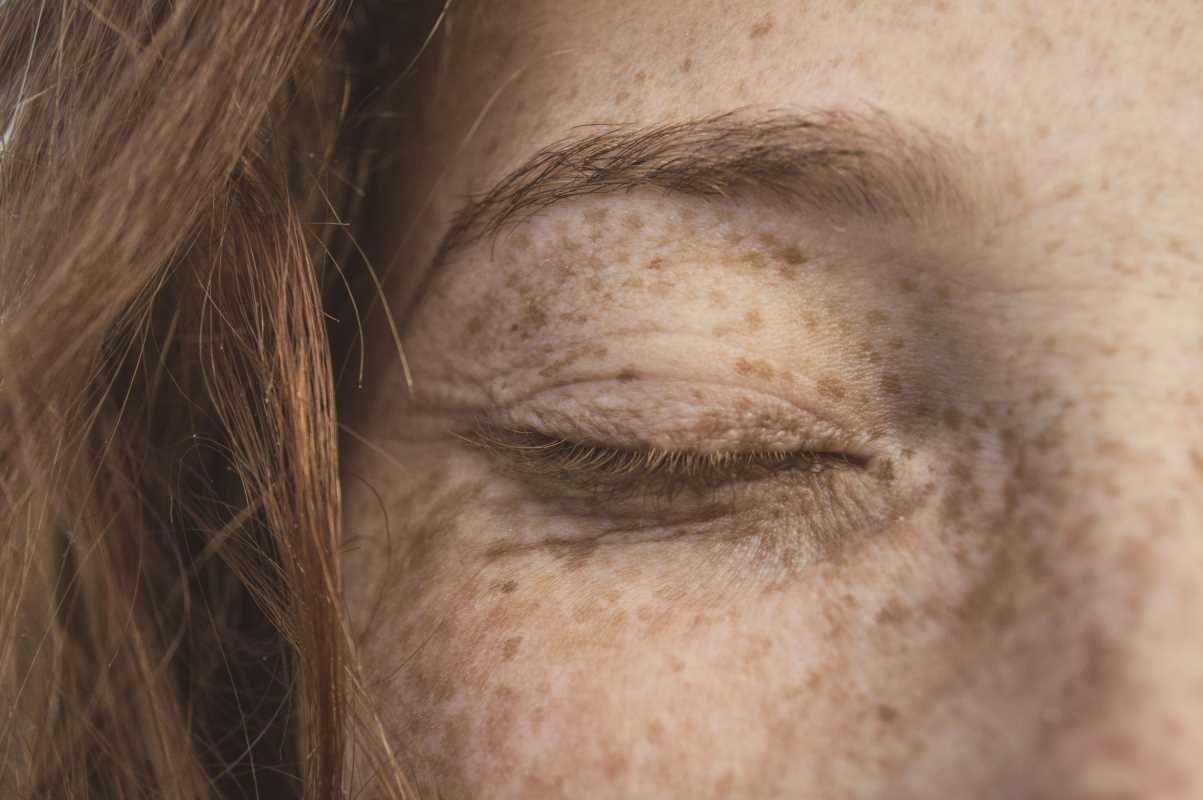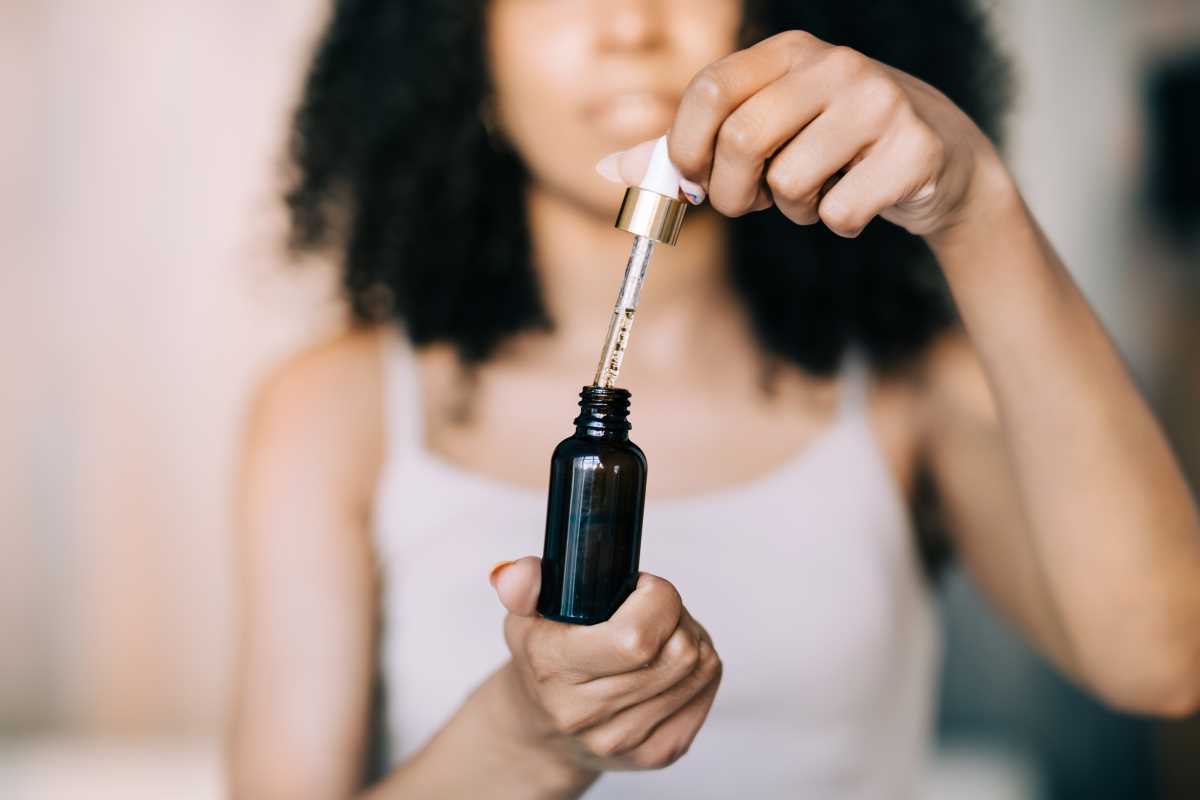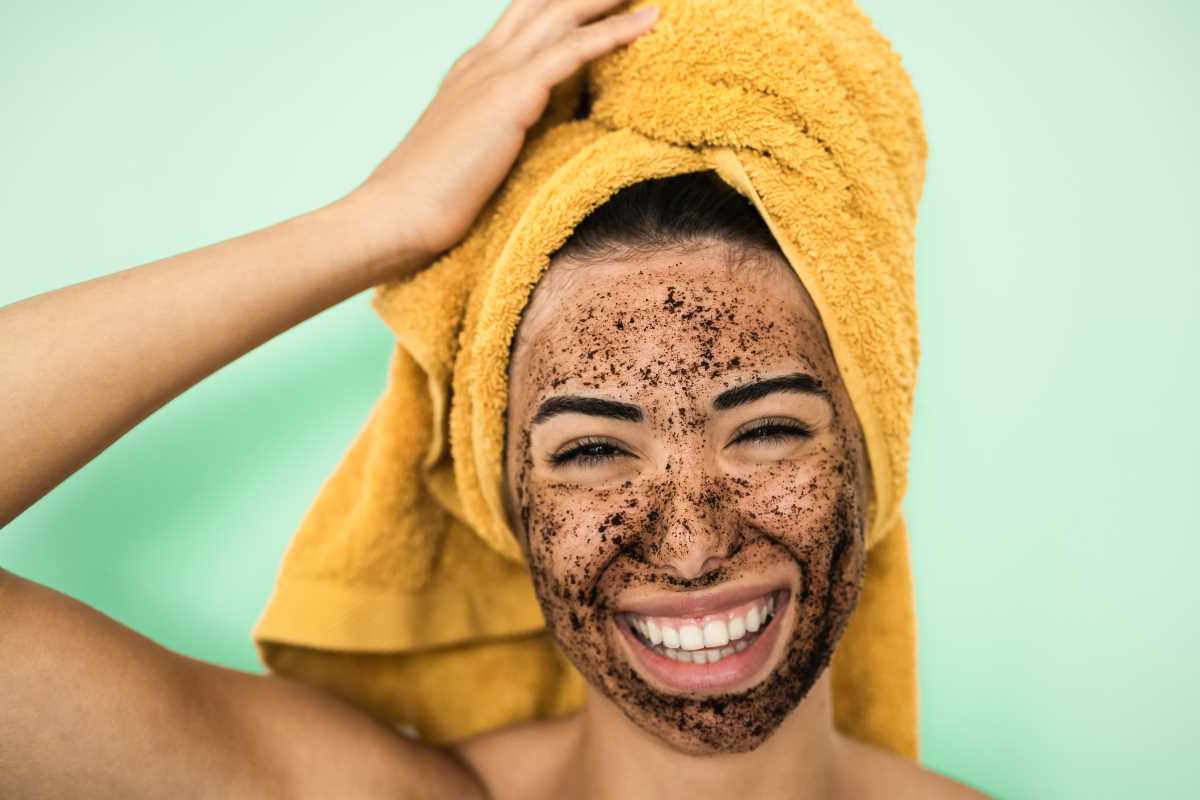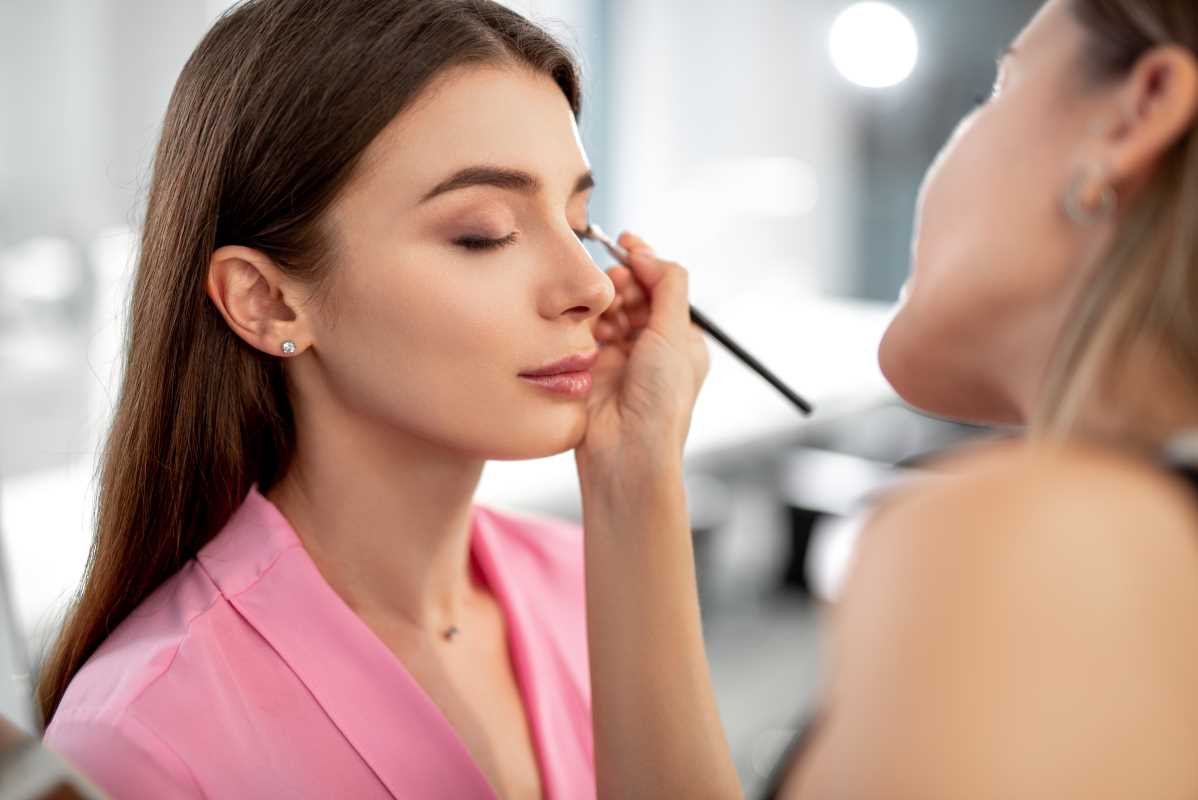With growing awareness about health and environmental issues, clean beauty has emerged as a powerful trend, reshaping the beauty industry. No longer satisfied with the promises of traditional beauty products, consumers are increasingly scrutinizing ingredient lists, leaning toward brands that prioritize transparency, safety, and sustainability. Clean beauty focuses on creating products that are free of potentially harmful ingredients, such as parabens, sulfates, and phthalates—additives often linked to skin irritation, hormone disruption, and other health concerns. As a result, clean beauty products emphasize safe, natural, and often organic ingredients, which are sustainably and ethically sourced.
This shift also reflects a desire for eco-friendly packaging, as many clean beauty brands embrace recyclable, biodegradable, or refillable containers to reduce their environmental impact. The clean beauty movement has gained momentum, driven by a wave of conscious consumers who recognize the potential health risks of conventional beauty products and their environmental toll. As a result, beauty brands have increasingly responded by reformulating products, adopting transparent labeling practices, and committing to cruelty-free, ethical practices. From skincare and haircare to makeup, clean beauty is more than a trend—it’s a reflection of consumers’ evolving values and a movement that's here to stay. Let's delve deeper into the rise of clean beauty and why it’s likely to endure.
The Shift Towards Clean Beauty
The shift toward clean beauty has been largely driven by a rising awareness of the potentially harmful effects of certain chemicals commonly found in traditional beauty products. Ingredients like parabens, phthalates, sulfates, and artificial fragrances have been scrutinized for their potential links to hormonal disruptions, allergies, and even long-term health risks, with studies suggesting that prolonged exposure to these additives could contribute to issues in the endocrine system and skin sensitivities. These concerns have sparked a demand for safer, more transparent alternatives that prioritize consumer health and wellness.
In response, clean beauty brands have stepped up, crafting products free from these questionable ingredients and instead focusing on formulations rooted in natural, plant-based, and organic components. This approach aligns with a more holistic view of self-care, reflecting a broader movement toward clean, mindful living and sustainability. By choosing clean beauty, consumers are not only making a choice for their personal health but also supporting a larger ethos that values ethical sourcing, environmental responsibility, and safer ingredients. This shift isn’t just a trend; it’s part of a growing lifestyle movement that embraces health-conscious choices in all aspects of life, from food to household products, reflecting an empowered, informed approach to wellness.
The Importance of Transparency
One of the key principles of clean beauty is transparency. Consumers are becoming more discerning about the products they use and are demanding full disclosure of ingredients. Clean beauty brands are responding to this demand by providing detailed information about the sourcing and processing of their ingredients. By being transparent about what goes into their products, these brands are building trust with consumers who value authenticity and honesty. This commitment to transparency sets clean beauty apart from mainstream beauty brands that may rely on vague or misleading marketing tactics.
Sustainability in Packaging
In addition to using safe and natural ingredients, clean beauty brands are also mindful of their impact on the environment. Many clean beauty companies prioritize sustainability in their packaging, opting for recyclable materials and minimalistic designs. By reducing waste and carbon footprint, these brands are aligning with the values of eco-conscious consumers who are looking to make a positive impact on the planet. Sustainability in packaging is a key component of the clean beauty movement, promoting a more holistic approach to beauty that takes into account both personal and planetary health.
The Rise of Conscious Consumerism
The rise of clean beauty is indicative of a larger trend towards conscious consumerism. As people become more informed about the products they use and their impact on health and the environment, they are making more mindful choices. Clean beauty represents a shift towards products that are not only safe and effective but also ethical and sustainable. This trend is driven by consumers who value transparency, authenticity, and social responsibility in the brands they support. By choosing clean beauty products, consumers are not only taking care of themselves but also contributing to a cleaner and more sustainable future for all.
The Future of Clean Beauty
As the clean beauty movement continues to gain momentum, the future looks bright for brands that prioritize safety, transparency, and sustainability. Consumers are increasingly seeking out products that align with their values and are willing to invest in clean beauty for the long term. With a growing demand for natural and ethically sourced ingredients, clean beauty is poised to become the new standard in the beauty industry. By understanding the rise of clean beauty and the values it represents, consumers can make informed choices that benefit both themselves and the planet.
 (Image via
(Image via





